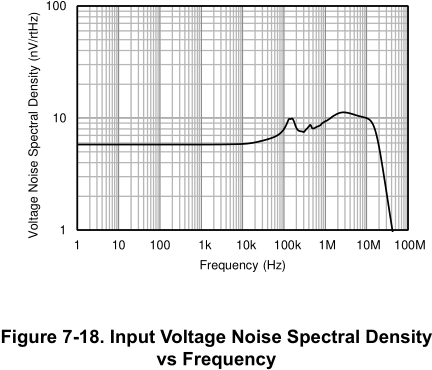Thank you for your support.
I'm looking for an operational amplifier for input offset voltage is few micro voltage (for example, 5 to 10 micro voltage)..
We are considering using the sensor signal output with a voltage follower circuit or a gain of about 100 times amp circuit.
Q1: Basically, with a chopper type operational amplifier, I think that chopper noise is generated from the operational amplifier output voltage every several tens to several hundreds of kHz. This is a problem when used with a voltage follower, is there a way to remove the chopper noise?
Q2: Will the above chopper noise be multiplied by the gain, that is, several hundred times, if the operational amplifier is set with a gain of about 100 times?
Q3: If TI have an operational amplifier with an input offset voltage of severalmicro voltage and an fT of about 200kHz that does not generate chopper noise (for example zero dorift type? or auto zero type?), would you please introduce it?
Regards.




